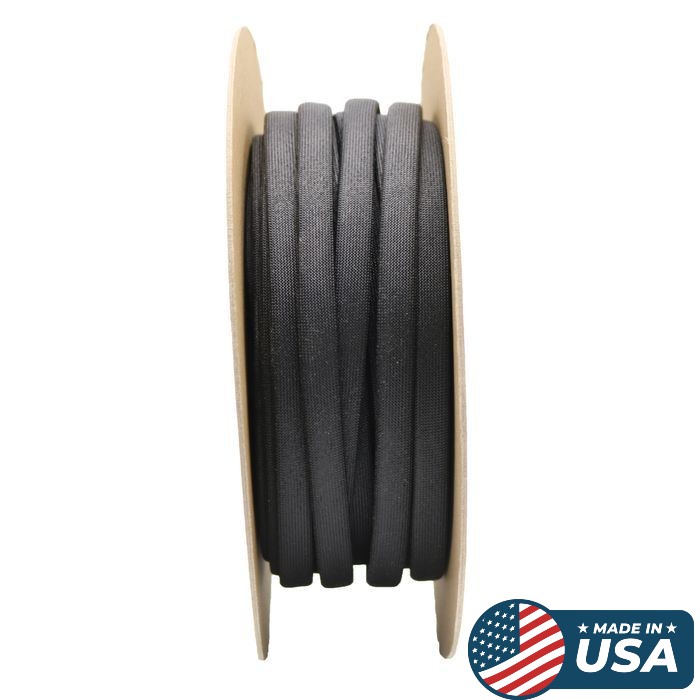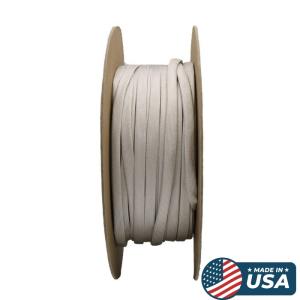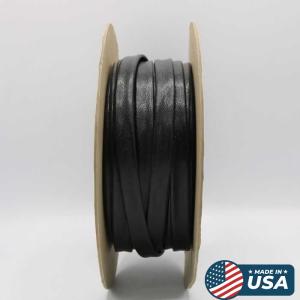Bentley-Harris Ben Har Fiberglass

Bentley-Harris Ben Har Fiberglass Sleeving
This is the choice when you're working with ovens, stoves, coffee makers, toasters, and other small heating appliances. Bentley Harris Exflex Fiberglass Braided Sleeving is available in standard wall thickness as well as heavy wall, which is twice the thickness.
You can also choose Bentley Harris ST Fiberglass braided sleeving in white/neutral color. This comes as ST standard wall and ST heavy wall. If you need extra protection, Ben Har is available coated with liquid silicone, acrylic, or extruded silicone resin rated at both 200 and 240° C.
All fiberglass braided sleeving is heat-treated to remove starches, oils, and other manufacturing impurities, and will provide protection against dielectric breakdown even at high voltages.
A: With fiberglass, it's actually part of the manufacturing process. It's a step called sizing, and it's done to fiberglass for the exact same reason that it's done to textiles. A protective adhesive coating is applied to the fiber's surface to prepare it for weaving.
This will prevent it from fraying, snapping, or other damage in the process. Of course, with fiberglass for tubing, you don't want the oil or starch left behind afterwards because it can affect performance. This is why a high-heat process is used to make sure that none of these things remain — they are essentially vaporized out of the material.
A: Braiding is just one more way to improve the strength and durability of the sleeving. Braiding is a process of wrapping two or more separate fibers together, and can be done with hair, yarn, rope, thread, vines, metal wire, and, yes, fiberglass. For fiberglass weaving, a machine has two sets of bobbins with the fiberglass wound round them and the bobbins follow a path around the machine in opposite directions, passing in front of and behind each other alternately. This will eventually create the weave.
You can find woven material in a lot of things — the yarn in your sweater, the wire inside your USB and other computer cables, high-power lines overhead, jewelry — like bracelets and rings, — and so on. Braiding can be purely decorative or entirely practical. In the case of fiberglass sleeving, it can be vital to the function of the material.





